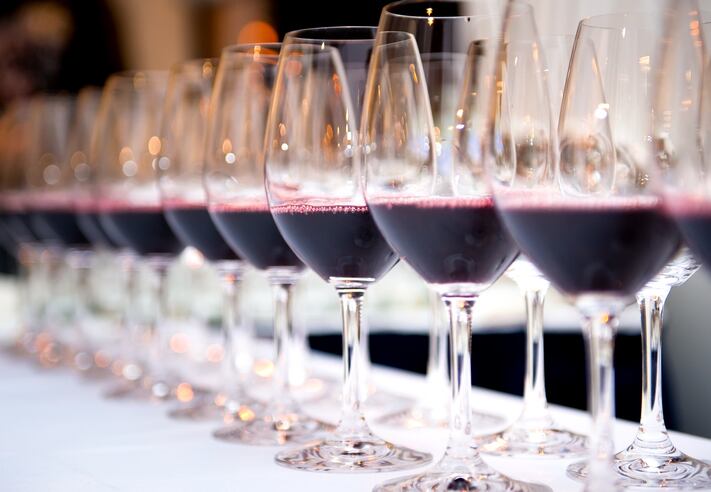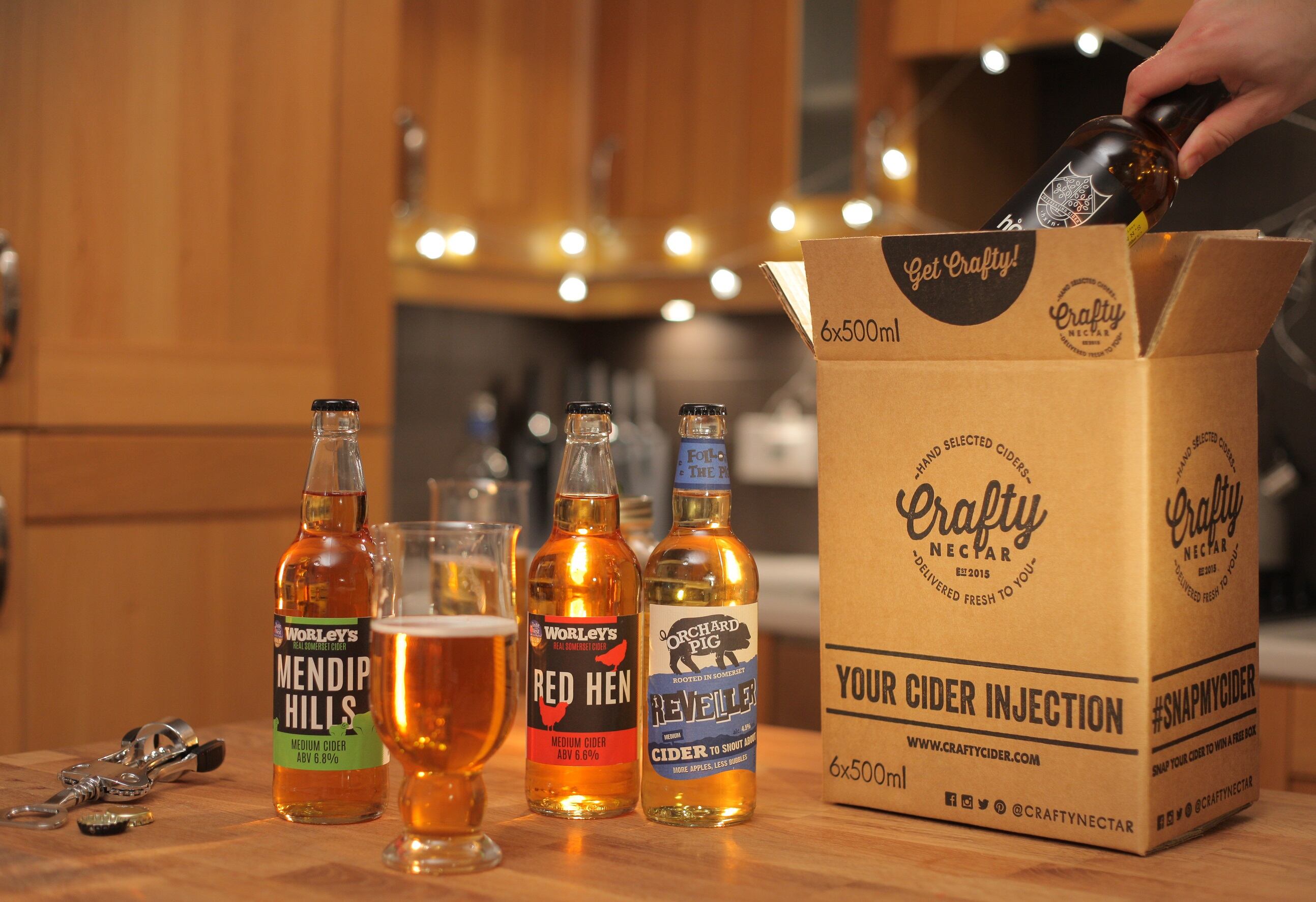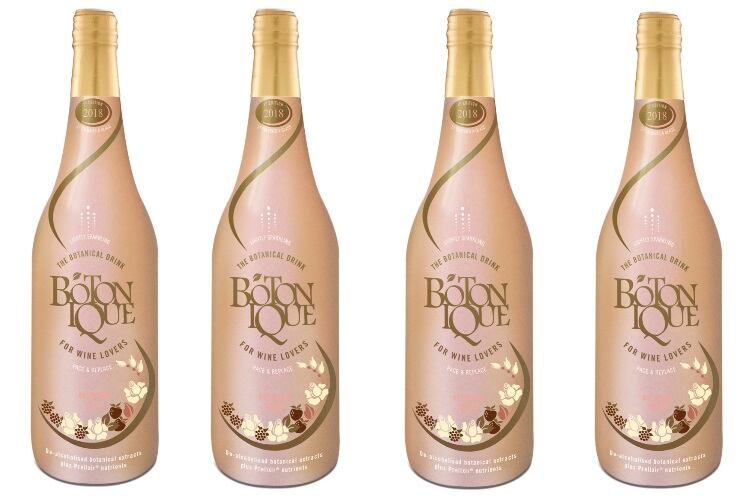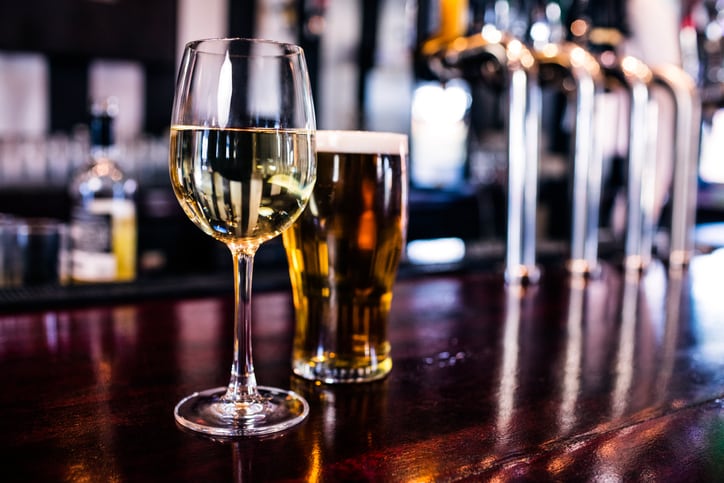According to the Wine Market Council, 42% of the wine consumed in 2015 was drunk by millennials. There was a 1.8% increase in wine drinking within the millennial category over the last year, which was the only positive change among all generations.
Battling convenience stores with convenience
Catherine Lang, analyst at Kantar Consulting, told BeverageDaily “Canned, boxed, and frozen wine offerings are changing the culture around how shoppers consume wine. Increased portability and flooded social media streams have transitioned how individuals approach their purchases within the category. Wine is no longer a single bottle of table red sitting on the dinner table.”
It’s good news for the wine industry, but young people are enjoying the category on their own terms. Millennials are accustomed to fast, on-demand delivery for goods and services. Uber, Grubhub and Amazon Prime make online shopping and browsing simpler than ever.
These expectations have begun spilling over into the alcoholic beverages market, which was previously not well-represented in the ecommerce channel. It’s harder to regulate purchasing alcohol and verifying identity across different state and country restrictions than it is to buy simple food and products.
But alcohol is now a part of the digital marketplace thanks to companies like Drizly, Saucey, Swill, Minibar and GoPuff that all deliver beer, wine and spirits. GoPuff models itself as an online convenience store, threatening the likes of 7-Eleven and neighborhood bodegas.
“These retailers reach millennials by embracing tactics in use in the digital realm that those within this demographic have become accustomed to through in-app and online shopping experiences,” Lang said.
Upgraded palates
Kantar Consulting shared that its Kantar Futures’ 2018 US Monitor report showed that 70% of millennials 21 and older agree that they wish their pace of life would slow down, a direct side effect from the current on-demand, rapid culture.
They want things to slow down, but they don’t want to give up their standards and quality of purchases. Kantar explained that 7-Eleven’s recent premium-label wine launches are just one attempt to stay connected with its twenty-something customers and keep them coming through the doors.
“For Millennials and those on the go, the increased accessibility and curation of wine within the discount and convenience channels aims to grasp nontraditional category buyers with the hopes of converting their palates,” Lang said.
“Small-format stores rely on their heavily curated merchandising strategies in a limited-assortment SKU environment, incidentally creating convenience by easing the decision-making process.”




